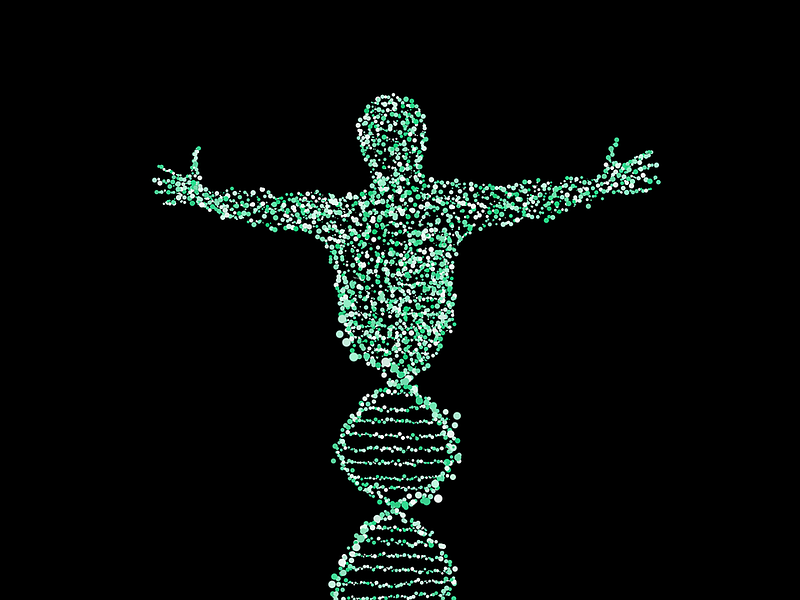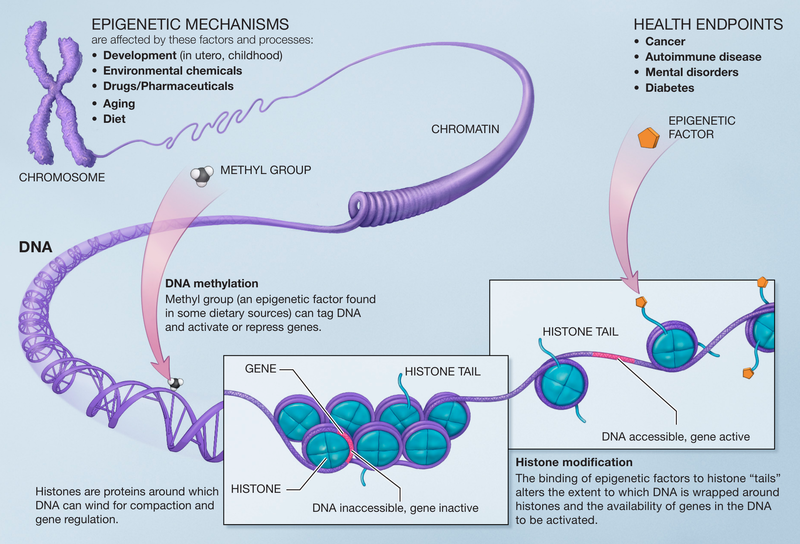Unlocking the Genetic Secrets of Aging: Insights from Research
Written on
The Genetic Influences on Aging
Aging manifests differently across various parts of our body, yet it appears to be governed by a select group of genetic regulators.

Time is not on our side
As children, many of us eagerly anticipated adulthood, but that enthusiasm often fades as we encounter the realities of aging.
Aging can be described as the gradual decline of our bodily functions. The vitality we experienced in our youth seems to slip away as we grow older.
Although it may feel unconventional to label aging as a disease, this perspective has gained traction over time. Regardless of personal beliefs, it is generally accepted that advanced age often brings a host of health challenges—unless one is fortunate enough to live in a blue zone.
Aging is a comprehensive process that impacts every bodily function and is multi-faceted in nature. In a prior discussion, we examined the potential of machine learning in aging research, which has indeed led to the creation of lifespan ‘clocks’.
Furthermore, various body parts react differently to aging. However, certain interventions under investigation—like caloric restriction—seem to positively influence multiple tissues, though their effects on human longevity remain uncertain. Therefore, it raises the question: can we identify a shared genetic 'footprint' of aging across various tissues?
Identifying the Genetic Footprint
In a recent study, researchers investigated the impact of aging on three specific tissues: the liver, heart, and muscle, utilizing a mouse model. They examined three layers of information: the transcriptome (the total collection of RNA derived from the DNA), the methylome (the array of epigenetic methylation marks on DNA), and histone modifications (alterations to histone proteins around which DNA is wrapped).

The findings revealed that aging predominantly affected the transcriptome and methylome in the liver, while the aging process in heart and muscle tissues was more defined by changes in histones.
But is there no common genetic footprint?
Consider this: your footprint may vary depending on the shoes you wear. Similarly, the underlying genetic regulators can have different impacts across tissues. This was indeed demonstrated; while aging manifested uniquely in each tissue, the study identified several transcription factors—proteins that regulate gene expression—common to all three aging tissues.
Moreover, these transcription factors are evolutionarily conserved, meaning they exist across multiple species due to shared ancestry. Remarkably, the research identified several age-related transcription factors in human DNA, which have previously been linked to the aging process in humans.
In summary, the researchers concluded that conserved regulators lie at the heart of the molecular footprint of aging, and variations in tissue-specific expression of some of these factors may influence human longevity.
Next steps: Targeting the regulators.
In this video titled "Identifying Master Regulators of Rejuvenation Strategies," experts delve into the master regulators that could potentially rejuvenate aging tissues and their implications for health and longevity.
The second video, "Cynthia Kenyon (UCSF) Part 2: The Regulation of Aging by Signals from the Reproductive System," explores how reproductive signals might regulate the aging process and what that means for future research.